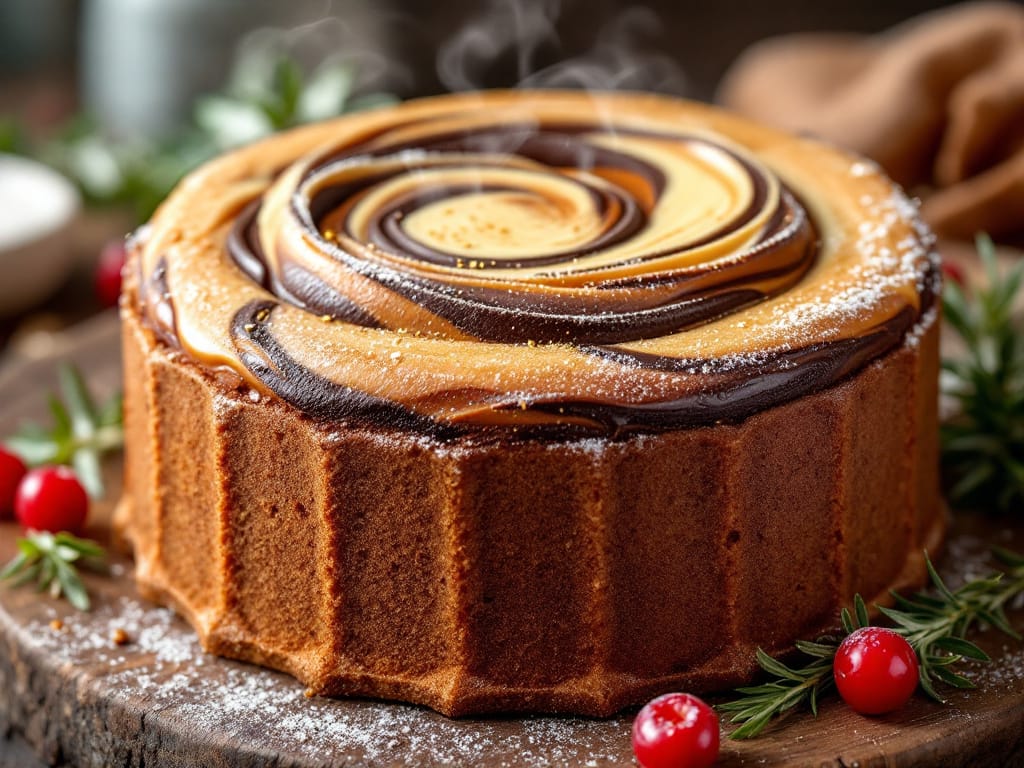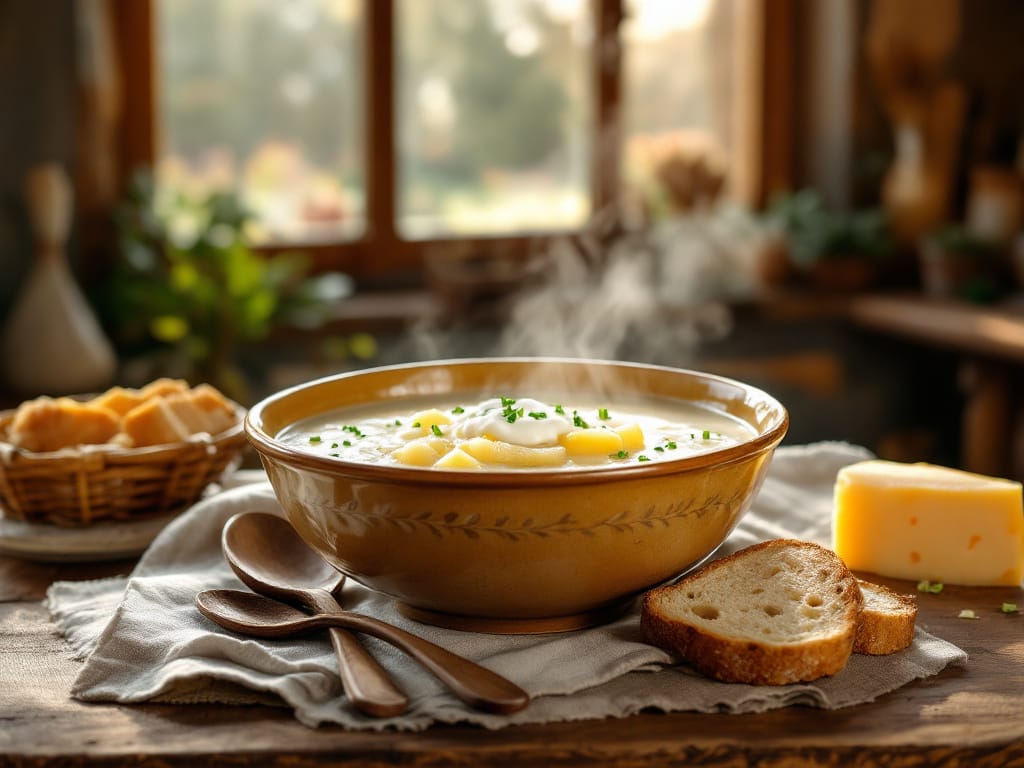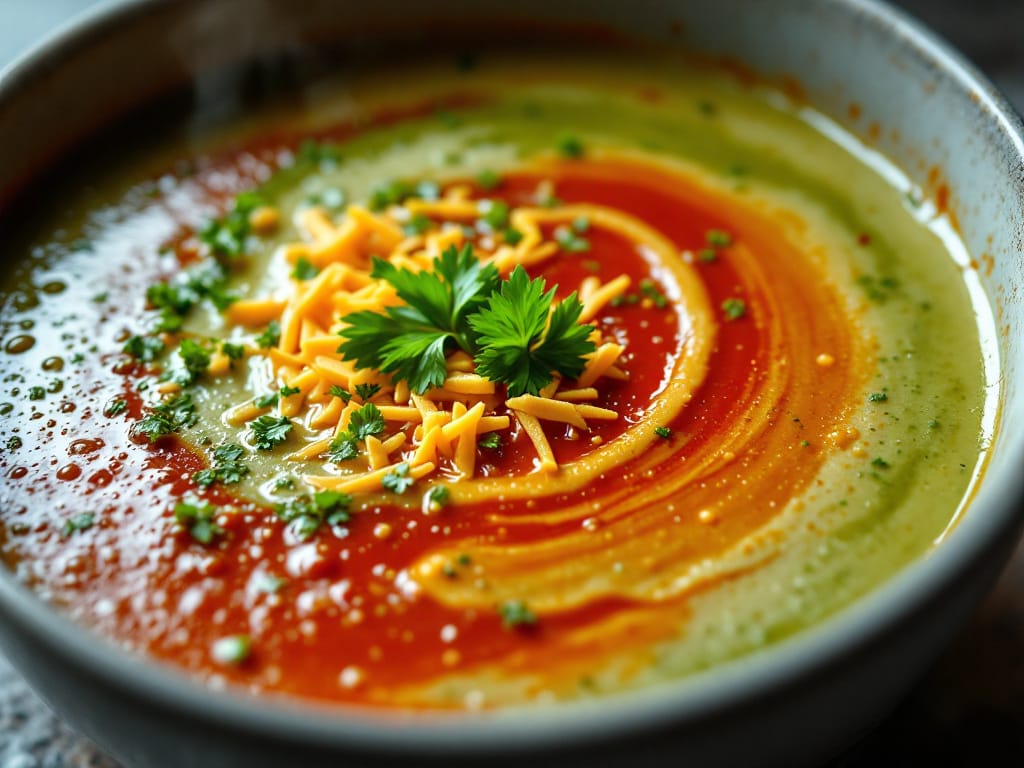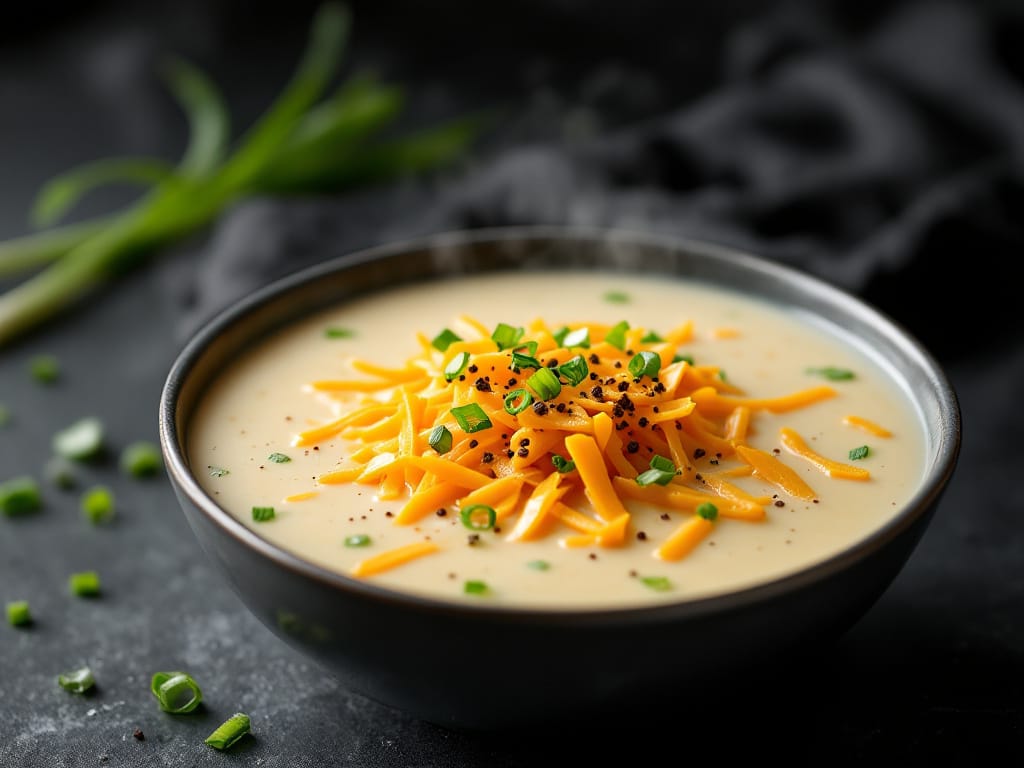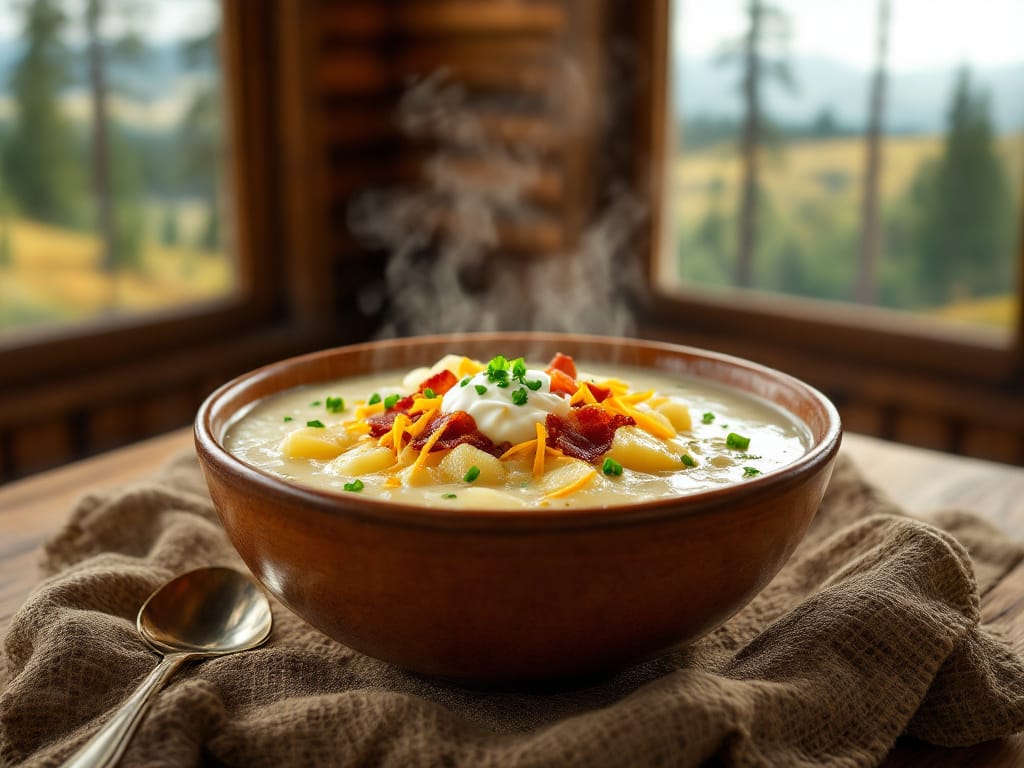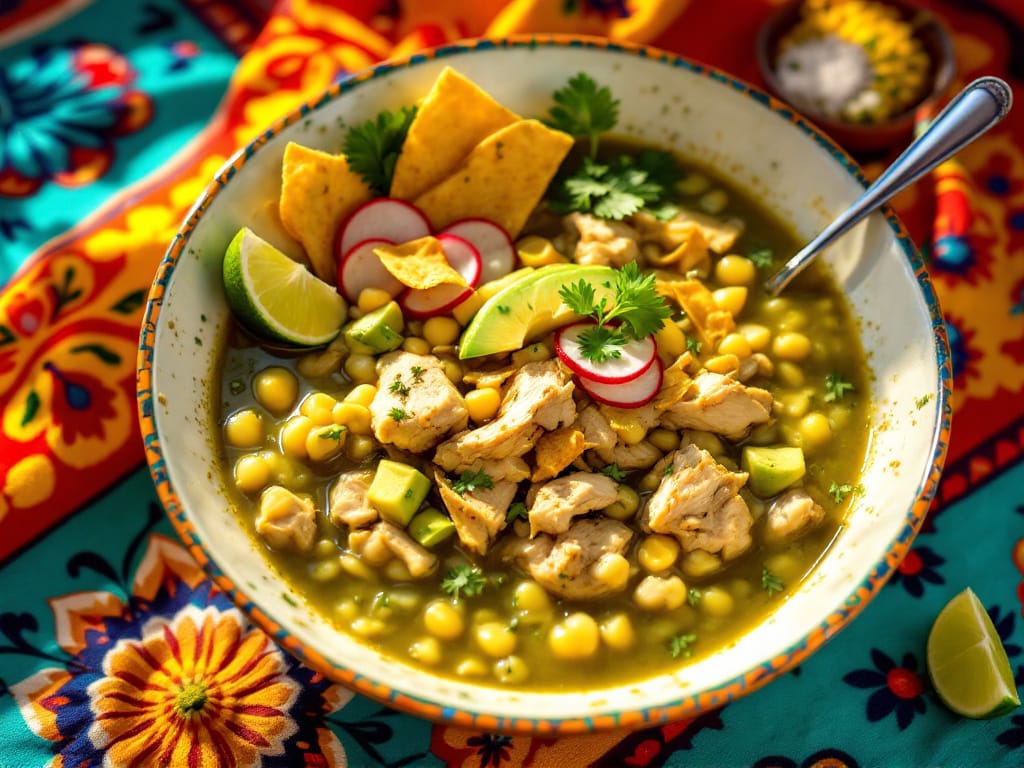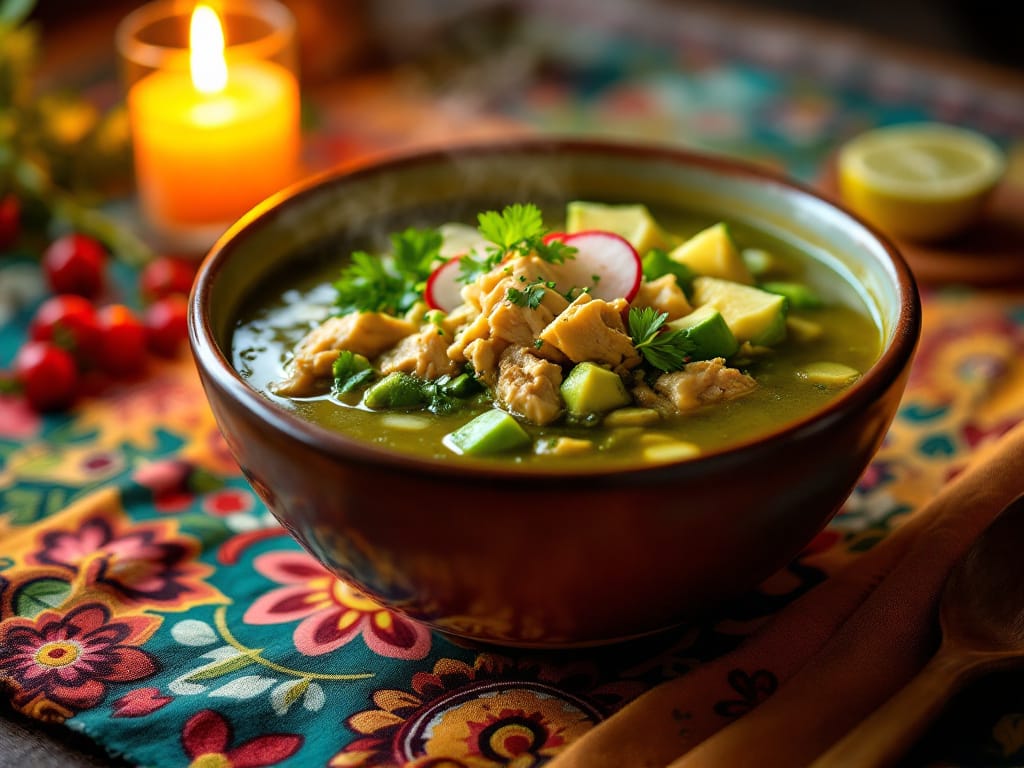Is a delightful dessert recognized for its striking swirls of chocolate and vanilla. This visually stunning cake not only pleases the eyes but also offers a unique combination of flavors and textures. Whether you’re a seasoned baker or just beginning your culinary journey, understanding what makes marble cake so special is essential.
What is Marble Cake?
At its core, a marble cake is a type of cake that features a marbled pattern created by lightly blending light and dark batters. The result is an intricate swirl that resembles marble, hence the name. The two most common flavors, chocolate and vanilla, are classic and complement each other beautifully. However, modern twists often incorporate flavors like coffee, matcha, or even red velvet.
Why the Name?
The term “marble” comes from the cake’s resemblance to marbled stone. Homemade Marble Cake traces its roots to 19th-century Germany, where the swirls were originally made using molasses and spices before chocolate became a popular addition.
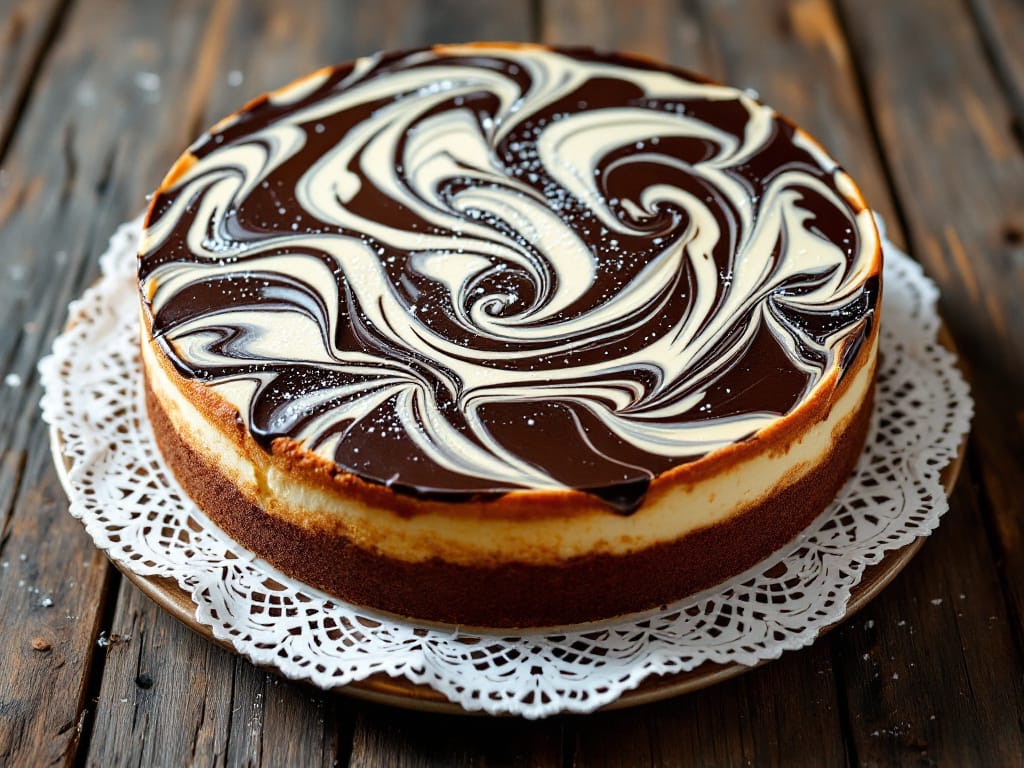
History and Origins
Is a rich history that dates back to the 1800s. The dessert’s early recipes originated in Germany and were brought to the United States by immigrants. Over time, the cake evolved, adapting to local ingredients and culinary preferences. According to Delighted Cooking, the invention of cocoa powder allowed for the creation of distinct chocolate and vanilla flavors, giving marble cake its iconic look.
Ingredients and Variations
Basic Ingredients
To create , you’ll need:
- Flour for structure
- Sugar for sweetness
- Eggs for binding
- Butter for richness
- Chocolate and vanilla as the flavor stars
Popular Variations
Marble cakes are endlessly versatile. Some exciting options include:
- Vegan Marble Cake: Substituting eggs and dairy with plant-based alternatives.
- Gluten-Free Marble Cake: Using almond flour or a gluten-free blend.
- Flavor Pairings: Matcha with white chocolate or coffee with vanilla.
How to Make a Marble Cake
Making a marble cake at home is easier than it looks! Here’s a step-by-step guide:
- Prepare the Batter: Make two separate batters, one vanilla and one chocolate.
- Combine the Batters: Layer them alternately in the pan.
- Swirl for the Marble Effect: Use a knife to lightly swirl the two batters.
- Bake to Perfection: Follow precise temperature and timing instructions for best results.
For detailed tips, check out Popular Variations of Marble Cake.
Marble Cake in Popular Culture
This dessert has transcended its humble origins, becoming a staple at celebrations worldwide. Its aesthetic appeal and customizable flavor options make it a favorite for birthdays, weddings, and holidays. Featured in cookbooks and baking shows, marble cake continues to inspire bakers globally.
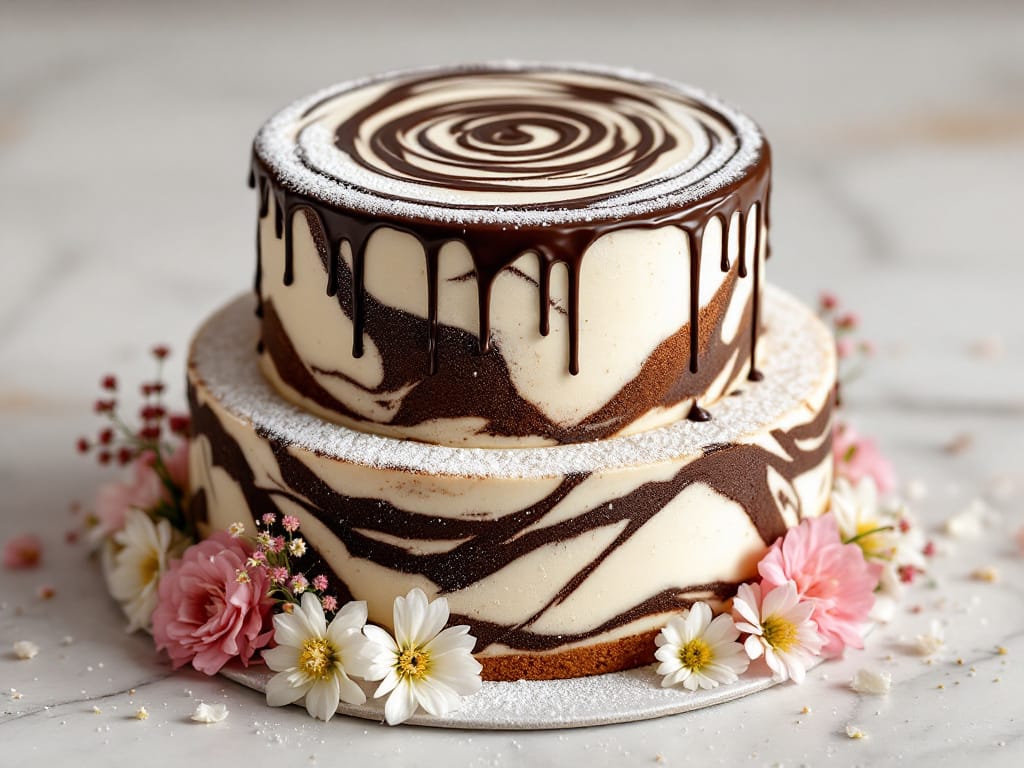
FAQs About Marble Cake
Why is it called marble cake?
The swirling effect in the batter resembles marbled stone, giving the cake its name.
Can I freeze marble cake?
Yes! Wrap it tightly in plastic wrap and store it in an airtight container for up to 3 months.
What’s the best way to achieve the marble pattern?
Use a knife or skewer to lightly swirl the batters without overmixing.
Is marble cake the same as a bundt cake?
No, though a marble cake can be baked in a bundt pan, they are not synonymous.
Health Considerations
While marble cake is a treat, it’s essential to enjoy it in moderation. A typical slice is rich in calories and sugar. For a healthier alternative:
- Use natural sweeteners like honey or stevia.
- Opt for whole-grain flours.
- Replace butter with healthier fats like avocado or yogurt.
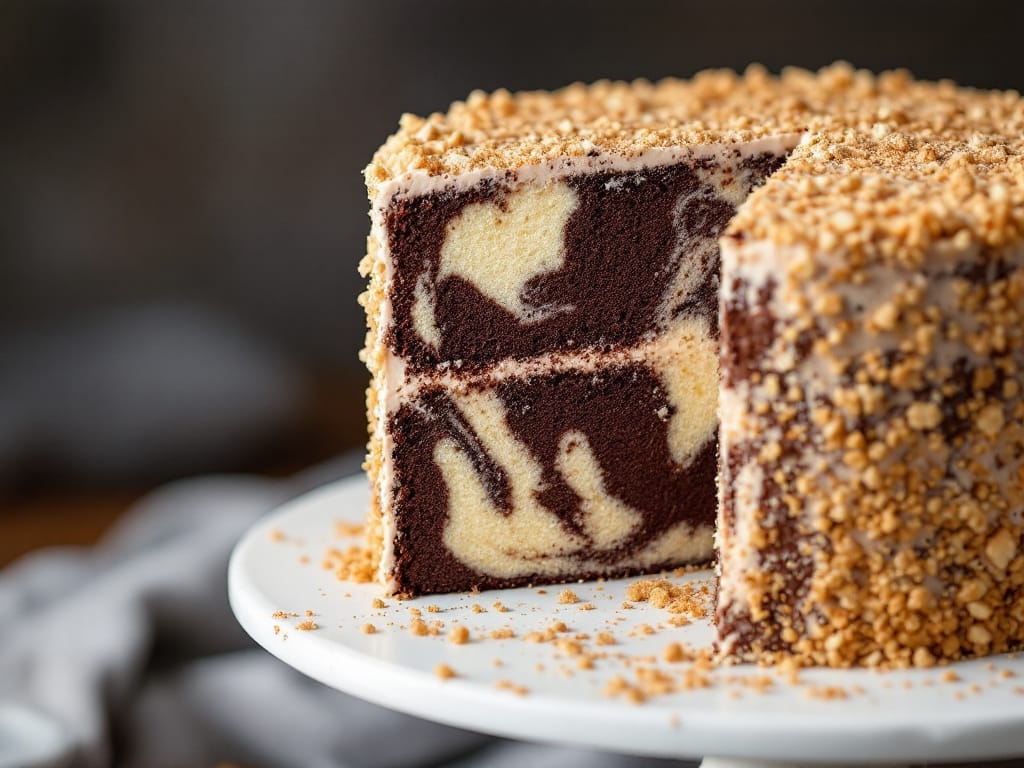
Serving and Storing Marble Cake
Serving Tips
- Serve warm with a dollop of whipped cream or a drizzle of chocolate sauce.
- Pair with coffee, tea, or milk for an enhanced experience.
Storage
- At Room Temperature: Store in an airtight container for 2-3 days.
- Refrigeration: Extend its life up to a week by keeping it chilled.
Conclusion
Marble cake is more than just a dessert; it’s a celebration of flavor and artistry. From its historical roots to modern adaptations, this cake continues to charm people of all ages. Whether enjoyed as a family treat or a festive centerpiece, its timeless appeal lies in its simplicity and versatility. So why not try making one yourself? With the right technique, you’ll master the art of marbling in no time.

